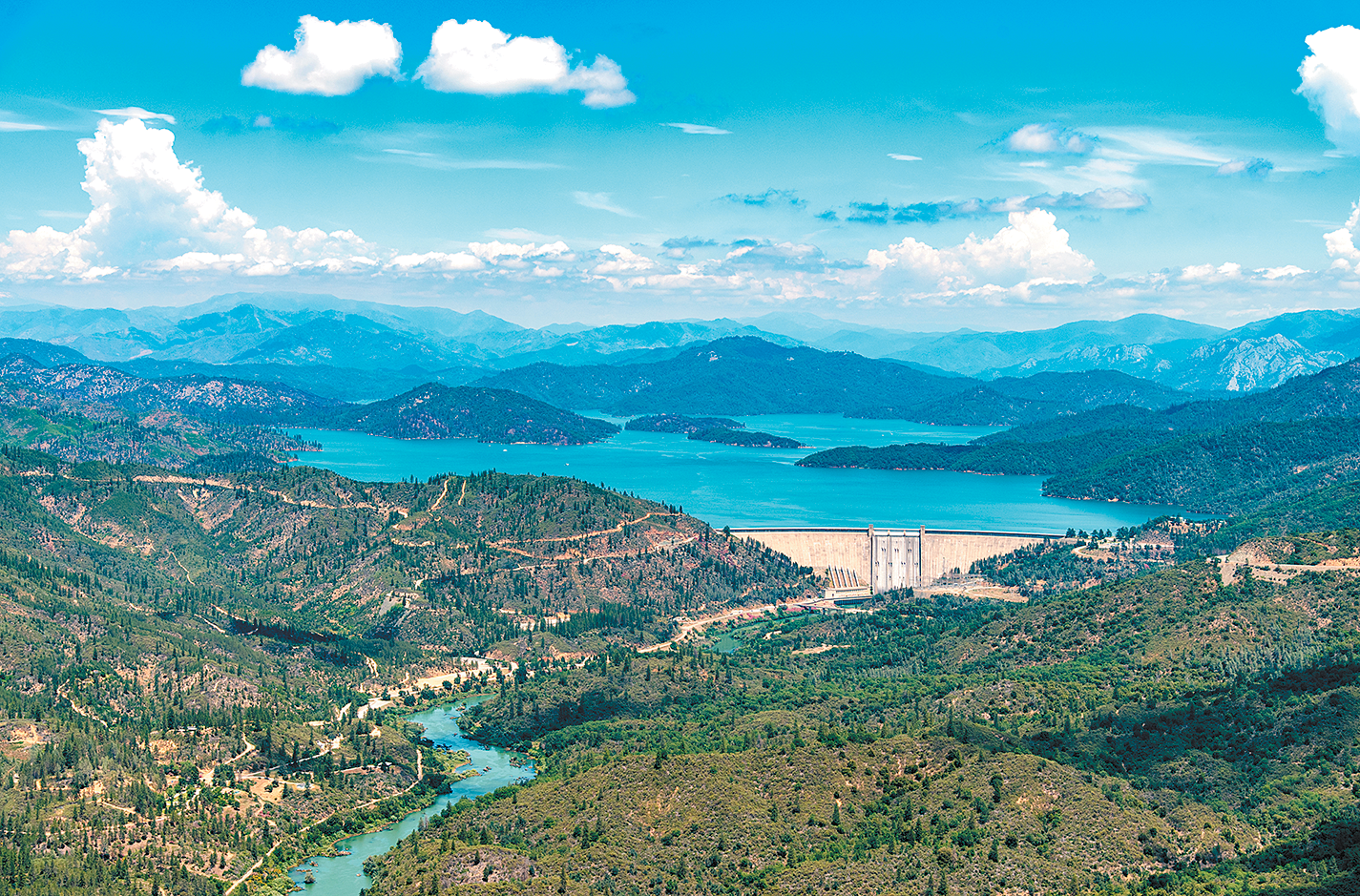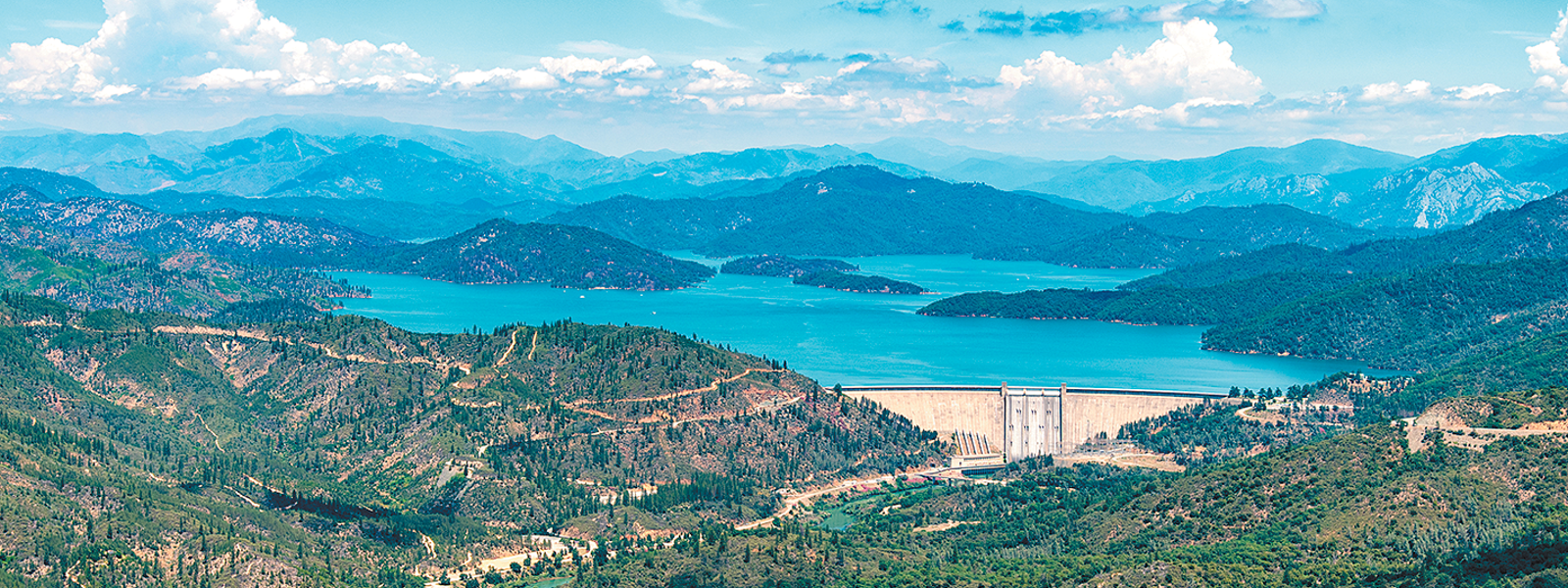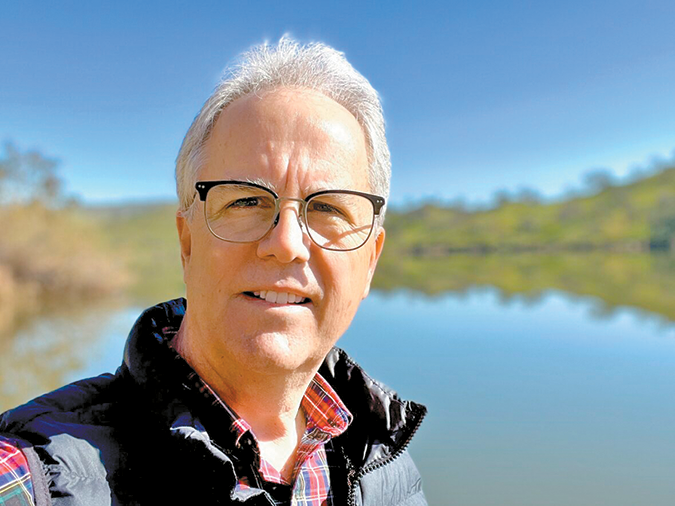Commentary: Blueprint seeks water reliability for valley farmers

Lake Shasta is the principal supplier of federal Central Valley Project water to the San Joaquin Valley. The Water Blueprint for the San Joaquin Valley is working to change policies to improve the amount of water delivered to the region.
Photo/California Department of Water Resources


By Mike Wade
California’s San Joaquin Valley is one of the most productive farming regions on Earth. Blessed with deep, alluvial soils and one of the world’s five Mediterranean climates, the valley’s agriculture is unmatched.
Yet over the past three decades, a changing approach to water management has reduced water supplies to farmers by millions of acre-feet. In 2021 and 2022, farmers received zero water allocations from the federal Central Valley Project and just 5% of supplies from the State Water Project.
Water shortages for farms weren’t just about the drought. They had much to do with changed priorities for the use of water stored in reservoirs such as Shasta, Oroville, Folsom, New Melones and others. Management of facilities originally built to provide water for agriculture and communities has now increasingly considered the needs of fish at the expense of the farmers who grow our food.
To compensate for decades of water-supply cuts, farms and communities turned to groundwater. Groundwater overdraft was the result in many areas, ultimately leading to the Sustainable Groundwater Management Act in 2014. Now, many farms with little or no access to surface water face an uncertain future as groundwater management rules are implemented to balance the system.
The Public Policy Institute of California estimates that reduction in groundwater supplies could fallow up to 900,000 acres of farmland. Yet, there is no promise of enduring surface water supplies from reservoirs to maintain our food production.
Since the mid-1990s, many farmers and water managers have advocated for restoration of lost surface-water supplies. Ultimately, in 2019, an organization was formed with a mission to minimize the predicted decline of farming and associated socioeconomic impacts on disadvantaged communities.
Called the Water Blueprint for the San Joaquin Valley, the collaborative effort has been building momentum and gathering supporters for four years. It is advocating for water-supply projects and evaluating water policies and project proposals with a goal of returning up to 2 million acre-feet of water to productive valley farms. The Blueprint’s strategic goals are outlined at www.waterblueprintca.com.
The coalition behind the Blueprint has evolved over time and is governed by a 21-member board representing valley agricultural organizations, water agencies, landowners without access to surface water supplies, local governments, water agencies and others. The board chair is Ian LeMay, president of the California Fresh Fruit Association. The vice chair is Eddie O’Campo of Self Help Enterprises.
One main goal of the Blueprint is to identify projects that can return water supplies to the valley and prevent the loss of any more farmland than is needed to reach groundwater sustainability. Criteria are being developed, aimed at determining benefits of potential projects for improving access to drinking water, aiding disadvantaged communities and contributing to groundwater recharge.
The Blueprint also recognizes the importance of building strong connections with elected leaders and policymakers. Operating as two nonprofits, one for education and one for advocacy, the Blueprint coalition strives to achieve success through a diversified strategy of support.
The Blueprint recently announced an examination of policies that restrict water supplies with unknown or limited environmental benefits in hopes of affecting policy changes. The effort also seeks to protect, on average, more than 400,000 acre-feet of water supplied yearly by the Central Valley Project and the State Water Project.
This is the amount of water estimated to become available with improved management of state and federal projects under revised operating criteria adopted in 2019. The new criteria enhanced protections for threatened and endangered fish species and improved flexibility to deliver more water to farms, homes and businesses when fish species were not detected or in danger from delta-based water supply infrastructure.
Additionally, the Blueprint seeks to enhance water supply by proposing changes in managing operations of the CVP and SWP under Water Rights Decision 1641, which came in 1999 in response to a petition to change locations of water diversions in the Sacramento-San Joaquin Delta.
That decision set water-quality and flow objectives in California’s Bay-Delta region, affecting diversion of water for downstream beneficial uses, including agricultural and urban use. Despite more than 20 years of control, there have been few noticeable benefits for fish. We should now consider new operating rules and greater flexibility to improve species protection while enhancing water supplies.
Collaborative efforts like this can help improve water supply reliability for the valley at a time when others look only toward demand reduction and fallowing as solutions. The Blueprint takes an optimistic look at water and farming, believing our state is big enough and water supplies are ample enough to support our farms, communities and a healthy environment.
(Mike Wade is executive director of the California Farm Water Coalition. He may be contacted at mwade@farmwater.org.)




